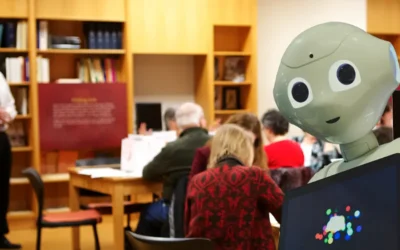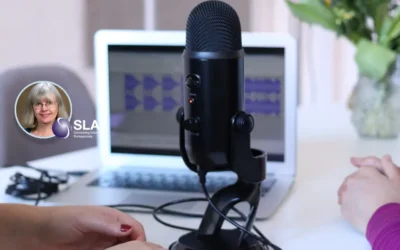The Neuromyth of Right-Brain/Left-Brain People
Lauren Hays
In a previous post, I discussed the neuromyth of learning styles. Another persistent myth is the idea that people are either predominantly right-brained or left-brained, meaning they have a dominant hemisphere in their brain.
There is actually no scientific evidence to support this idea, as was seen in the work of Nielsen et. al (2013).
Similarly, the idea that creativity is centered in the right hemisphere while logic is centered in the left hemisphere is false as well. Today, research is showing that our brains use a variety of parts and neurotransmitters when an individual is engaging in creative work (Heilman, 2016). The idea of right-brained and left-brained individuals is rooted in the idea of right-handedness and left-handedness as well as the knowledge that the right side of the brain controls the left side of the body and vice versa (Tokuhama-Espinosa, 2019). So while the idea of a dominant brain hemisphere makes sense in theory, research has found it not to be true.
As I mentioned in my post on the neuromyth of learning styles, as information professionals, it is our job to use reputable sources and use research-based practices. We should not be perpetuating neuromyths in our instructional practices or in conversations with others about how individuals learn or relate to the world.
I think one reason neuromyths have become so popular is because they give us categories for people. However, in my opinion, once we know that these ideas are not research-based, it frees us to help others build new connections in their brain, because the brain is more malleable than we may have given it credit for. It also means that people can learn more than we may have previously thought.
*If you are interested in learning more about how the brain does work, I suggest reviewing evidence from the Connectome Project.
References
Heilman, K.M. (2016). Possible brain mechanisms of creativity. Archives of Clinical Neuropsychology, 31(4), 285-296.
Nielsen, J. A., Zielinski, B. A., Ferguson, M. A., Lainhart, J. E., & Anderson, J. S. (2013). An evaluation of the left-brain vs. right-brain hypothesis with resting state functional connectivity magnetic resonance imaging. PloS one, 8(8), e71275.
Tokuhama-Espinosa, T. (2019). Neuromyths: Debunking false ideas about the brain. Norton.
Lauren Hays
Lauren Hays, PhD, is an Assistant Professor of Instructional Technology at the University of Central Missouri, and a frequent speaker on topics related to libraries and librarianship. Her professional interests include information literacy, educational technology, library and information science education, teacher identity, and academic development. Please read Lauren’s other posts about skills for special librarians. And take a look at Lucidea’s powerful integrated library systems, SydneyEnterprise, and GeniePlus, used daily by innovative special librarians in libraries of all types, sizes and budgets.
Similar Posts
Teaching about AI in the Workplace
Suggestions for special librarians from Claude on how to foster cross-generational AI learning communities in the workplace.
Keeping up with AI…
Resources for staying current on the quickly changing AI landscape from a library expert.
Interview with Lesley Farmer about SLA’s Information Outlook
Interview about the rebirth of SLA’s Information Outlook as a quarterly online publication with interview with Professor Lesley Farmer
Ways I Have Been Using Generative AI
Generative AI can be used in many ways as part of a typical workflow; examples and thoughts about what the future holds




Leave a Comment
Comments are reviewed and must adhere to our comments policy.
0 Comments